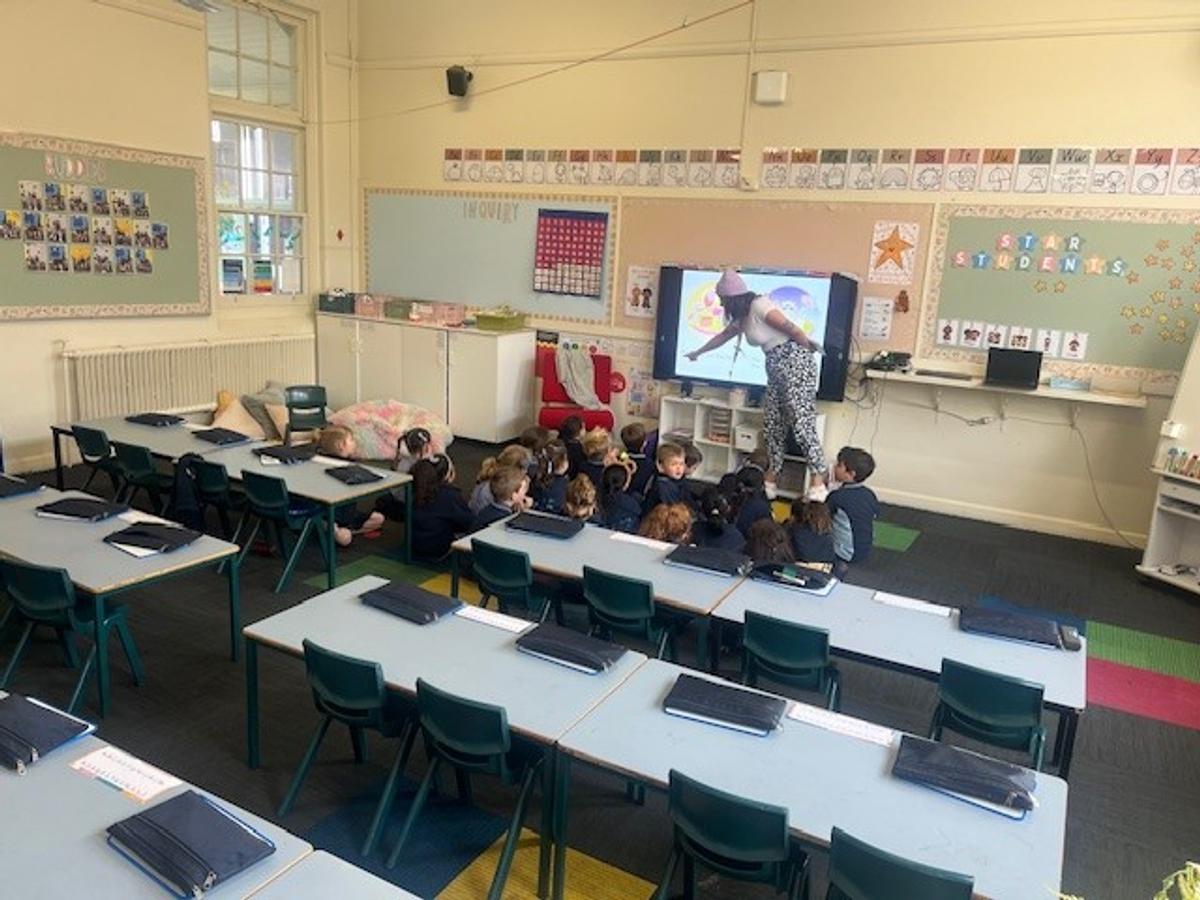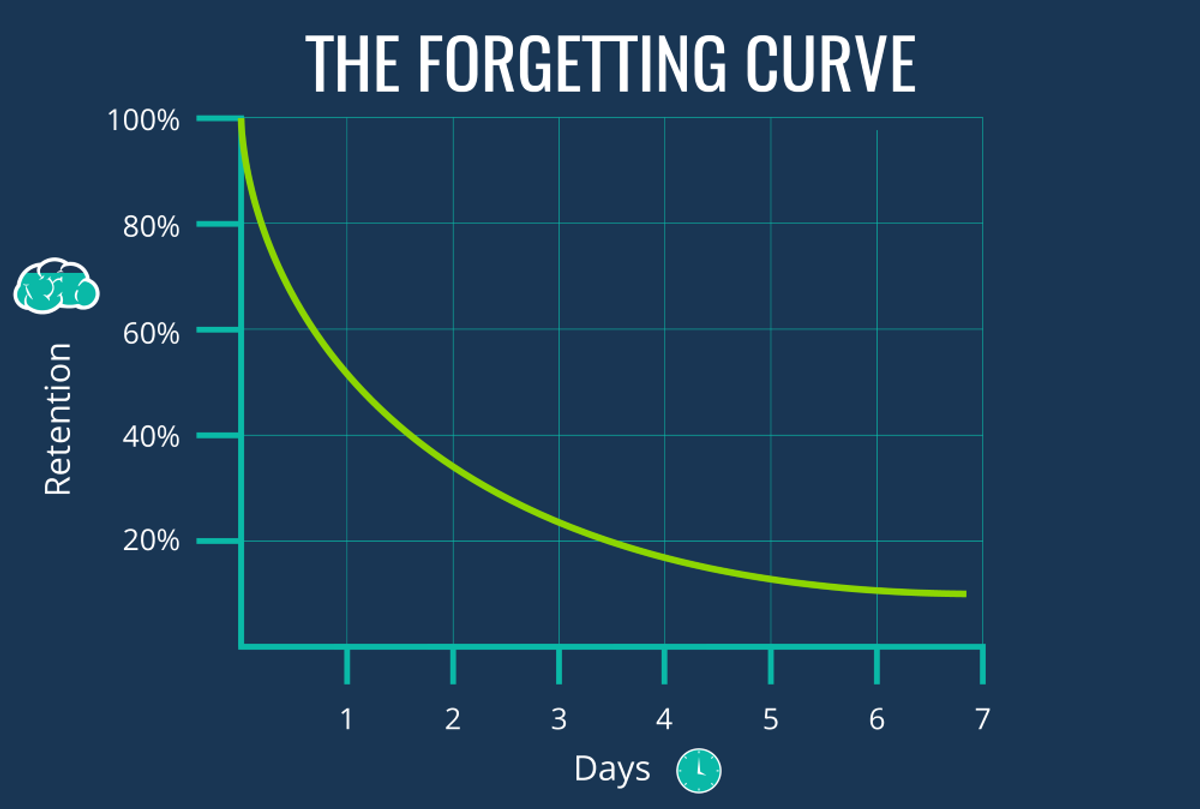Teaching and Learning

Cognitive Load Theory and Daily Reviews at GPS
The changes we are making to instruction in the classroom at Gardenvale Primary are based on the Science of Learning and the new Victorian Teaching and Learning Model 2.0 which emphasises evidence-based strategies grounded in cognitive science, neuroscience, and educational psychology.
In order to ensure we are providing the best evidence based practices in our classrooms, we have a strong focus on the ongoing professional development of our staff. One area we have undertaken learning on is Cognitive Load Theory and the Forgetting Curve. This new learning has translated some changes in the classroom environment that you may have already noticed, some of which include:
- Removal of displays, posters, student work and clutter from front of the classroom.
- All students now face forward with tables in rows, so that student attention is on the learning.
- Creating and implementing Daily Reviews for numeracy lessons.
A saying we have adopted is that our classrooms are like the hairstyle ‘the mullet’. Business at the front and party at the back. We still encourage and welcome displays at the back and around the sides of the classroom.
Here’s why we have made these changes.
Cognitive load theory is a model that explains how we learn new information. It is centred around an understanding of how information is processed and stored. In the school context, when students are presented with new information they use their working memory to process it. Working memory, however, can only hold a small amount of new information at any one time. It has limited space. Because of this, students learn best when taught small chunks of new information. If they are given too much at one time, students become overloaded and cannot learn. When students apply knowledge and practise skills, this new information becomes stored in their long-term memory, which has an unlimited capacity. Once information is stored here, working memory is freed up to process the next chunk of new information.
There are two main types of cognitive load: intrinsic and extraneous.
Intrinsic load is the load we want because it is associated with the intended learning, and the students’ relevant prior knowledge. Tasks can differ on their intrinsic load depending on the number, complexity and familiarity of the task items and how these elements might interact. This type of load is built into the subject and can't easily be changed.
- Extraneous load is related to the manner and structure in which information is presented and anything that takes the students’ working memory away from the learning at hand. It can also include external factors in the classroom environment. Unlike intrinsic load, extraneous load can be reduced by improving the way material is taught and creating an environment free of clutter and distractions.
Another element to cognitive load theory is the forgetting curve which shows how quickly we forget information if we don’t actively review or use it. It’s shaped like a steep downward slope - right after learning something, we start forgetting it rapidly, and the loss continues over time unless we do something to retain it.
By understanding and accounting for the forgetting curve, we can create learning strategies that help students retain information longer - ensuring it’s not just learned temporarily, but truly understood and remembered. To combat this our dedicated staff have been creating and implementing Daily Reviews in numeracy lessons from Prep - Year 6, as well as in literacy lessons in Prep -Year 2. These are short, consistent sessions where students go over what they’ve previously learned. All students participate using a variety of engagement norms to strengthen memory, prevent forgetting, and build long-term understanding.
In the classroom, Daily Reviews include:
- Quick recall questions or quizzes
- Guided and independent questions
- Practising key skills/concepts
- Brief discussions or explanations
- Covering a wide range of topics.
Using a variety of Icons (engagement tools) all students have plenty of opportunities to respond and engage in the learning process.
Tune in next time to read about Explicit Instruction and how we are embedding some elements of this into our GPS Instructional Model.
Dimi Sfetsas
Assistant Principal





